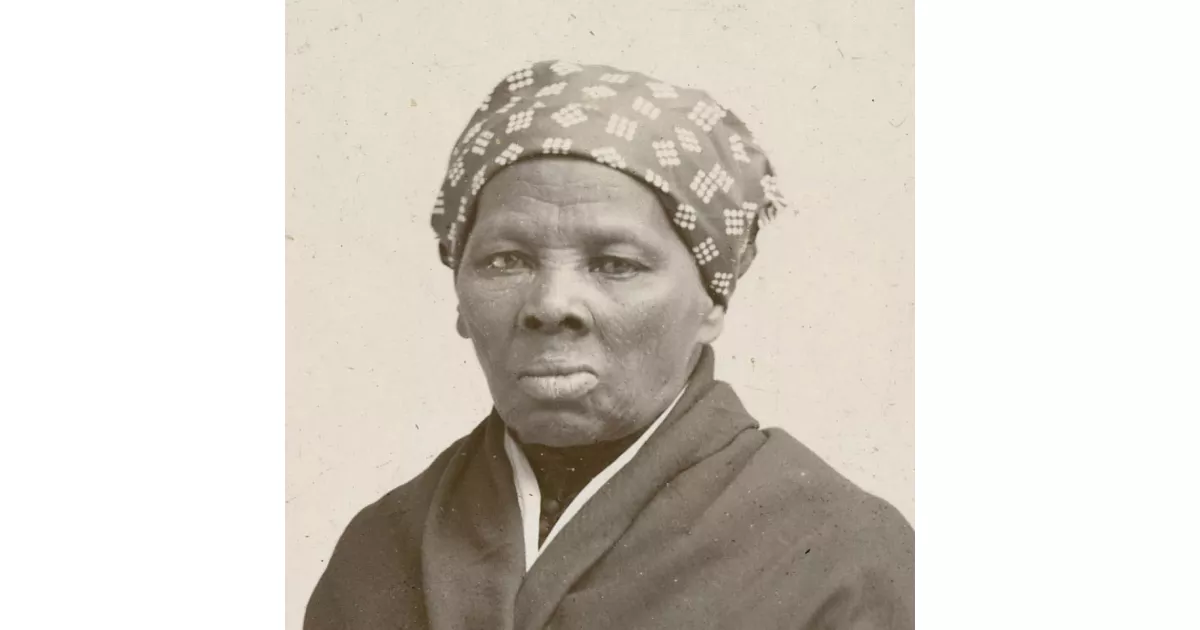A detailed timeline of the impact and legacy of Harriet Tubman across different fields.
Harriet Tubman was a pivotal American abolitionist and social activist who escaped slavery and subsequently risked her life to rescue approximately 70 enslaved people through the Underground Railroad. She embarked on around 13 missions to guide individuals, including family, to freedom. During the Civil War, she served the Union Army as an armed scout and spy, providing crucial intelligence. Later in life, Tubman became a dedicated activist in the women's suffrage movement, advocating for women's right to vote. Her bravery and commitment to equality cemented her legacy as a significant figure in American history.
1901: Final revision of biography
In 1901, a final revision of Sarah Hopkins Bradford's biography of Harriet Tubman was published, adding an appendix with more stories about Tubman's life.
June 23, 1908: Opening of the Harriet Tubman Home
On June 23, 1908, the Harriet Tubman Home celebrated its opening, with Harriet Tubman as the guest of honor.
March 10, 1913: Harriet Tubman's Death
Harriet Tubman, born Araminta Ross, died of pneumonia on March 10, 1913, surrounded by friends and family. She was buried with semi-military honors at Fort Hill Cemetery in Auburn, marking the end of her remarkable life as an abolitionist and social activist.
1943: Publication of Earl Conrad's biography
In 1943, Earl Conrad's "Harriet Tubman," the first full biography of Tubman after Bradford's, was published after a difficult search for a publisher. It aimed to be a more objective account of Tubman's life for adults.
1944: Launch of SS Harriet Tubman
In 1944, the United States Maritime Commission launched the SS Harriet Tubman, the first Liberty ship named for a black woman.
1963: First Television Dramatization of Tubman's Life
In 1963, Harriet Tubman's life was first dramatized on television in an episode of 'The Great Adventure'.
1978: First U.S. Postage Stamp
In 1978, Harriet Tubman became the first African-American woman honored on a U.S. postage stamp.
1995: Second Postage Stamp
In 1995, Harriet Tubman appeared on a second U.S. postage stamp.
2003: Jean Humez publishes biography
In 2003, Jean Humez published a biography providing a close reading of Harriet Tubman's life stories.
2004: Biographies published by Larson and Clinton
In 2004, Larson and Clinton both published their biographies of Harriet Tubman.
2007: Milton Sernett publishes "Harriet Tubman: Myth, Memory, and History"
In 2007, Milton Sernett's book "Harriet Tubman: Myth, Memory, and History" was published, discussing the major biographies of Tubman up to that time.
2016: Plans to Add Tubman to Twenty-Dollar Bill
Beginning in 2016, plans were announced to add a portrait of Harriet Tubman to the front of the twenty-dollar bill.
2019: Release of 'Harriet' Film
In 2019, the theatrical film 'Harriet' was released, starring Cynthia Erivo as Harriet Tubman, who received an Academy Award nomination for her portrayal.
November 11, 2024: Posthumous Commission as General
On November 11, 2024, Harriet Tubman was posthumously commissioned as a one-star general in the Maryland National Guard in recognition of her military service during the Civil War.
2024: Commemorative coins featuring Tubman
In 2024, the United States Mint issued three commemorative coins featuring Tubman, each coin depicting Tubman at a different stage of her life.
Mentioned in this timeline

Cynthia Erivo is an acclaimed English actress and singer-songwriter recognized...

Books are a means of storing information as text or...

War is defined as an armed conflict involving the organized...

A star is a self-gravitating luminous plasma spheroid The Sun...
Trending
Christopher Rafael Morel is a Dominican professional baseball player who currently plays third base for the Tampa Bay Rays His...
Marcus Spears nicknamed Swagu is a former NFL defensive end who played nine seasons mainly for the Dallas Cowboys He...

7 months ago George Wendt, 'Cheers' Star, Remembered Fondly After Death; Sudeikis Shares Memory
Brady Cook is an American football quarterback currently playing for the New York Jets in the NFL Before joining the...

7 months ago Lewis Pullman's Sentry costume revealed for 'Thunderbolts' in exclusive first look and interviews.
16 days ago StubHub Holdings Faces Investigation for Potential Securities Fraud; Law Firms Alert Investors.
Popular

Candace Owens is an American conservative political commentator and author...

Ilhan Omar is an American politician currently serving as the...

XXXTentacion born Jahseh Dwayne Ricardo Onfroy was a controversial yet...
Matt and Ross Duffer known as the Duffer Brothers are...

Tom Cotton is an American politician and Army veteran currently...
The Kennedy Center Honors are annual awards recognizing individuals and...
